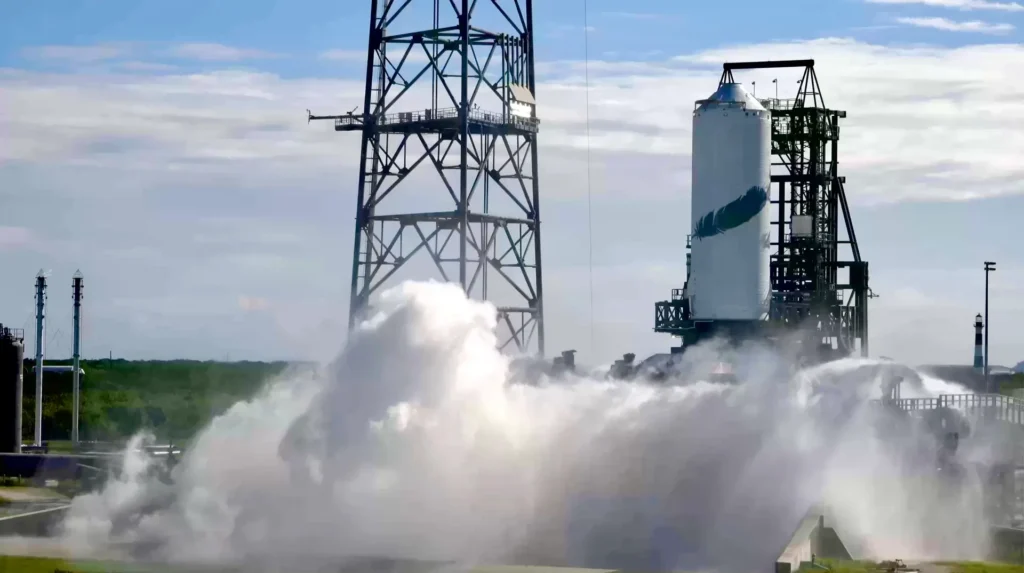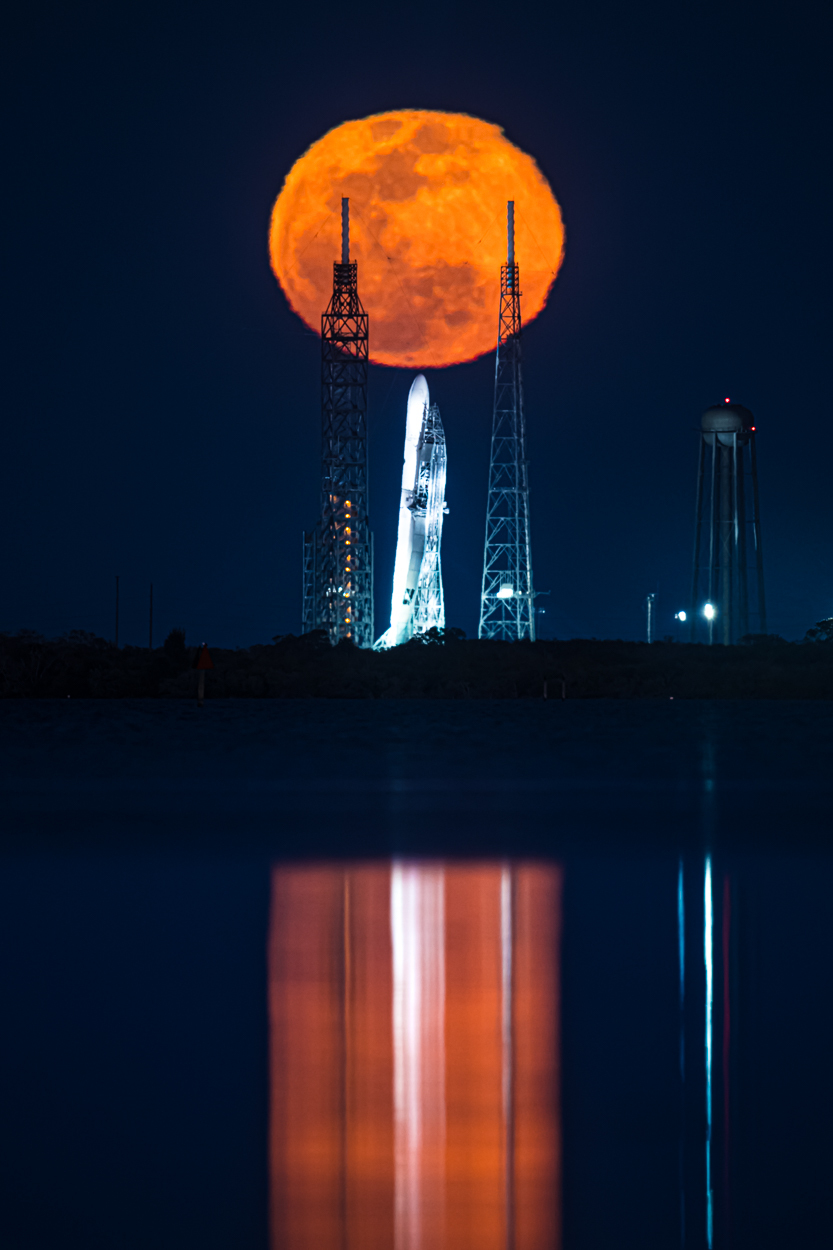Blue Origin has conducted a successful hotfire of the second stage of the New Glenn rocket. This is an important milestone on the way to its first flight, which is scheduled for November.

The hotfire lasted 15 seconds, marking the first time engineers controlled the vehicle as an integrated system. The purpose of the test was to verify the interaction between the second stage subsystems, the two BE-3U engines mounted on it, and the ground control systems.
In addition, the operation of three key components was successfully demonstrated. It is about tank pressurization control and thrust vector control systems, as well as checking the launch and shutdown sequence of the BE-3U systems. They can be restarted up to three times during a flight.
The New Glenn rocket has a two-stage design. Its height is 98 meters and its diameter is 7 meters. The rocket will be able to launch up to 45 tons of cargo into low orbit and up to 13.6 tons of cargo into geostationary orbit. New Glenn’s first stage is powered by seven BE-4 engines running on a methane-oxygen mixture. It is reusable and will land vertically after separation. A barge in the ocean will be used as a landing site.

New Glenn’s second stage will be able to perform complex, high-energy maneuvers in low-Earth, medium-Earth and geosynchronous orbits. Its height is 26.8 meters and its diameter is 7 meters. Each of the two BE-3U engines installed on it was originally designed for a vacuum thrust of up to 711 kN. However, during testing, they demonstrated a thrust of 769 kN. This makes them one of the most efficient hydrogen engines according to thrust/weight ratio in the history of astronautics.
New Glenn is currently scheduled to debut in November 2024. It will launch a prototype of the Blue Ring orbital vehicle into orbit.
According to Blueorigin


